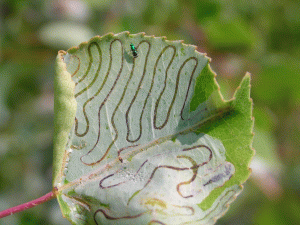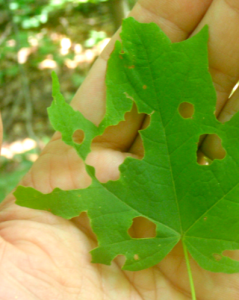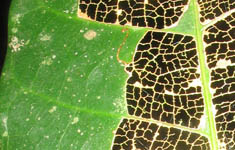Ecology week I – Leaf Herbivory and Fungal Occurrence on Trees – In-Person Lab – Fall Module
– Not final, Work in Progress, Review Pri & Sec lit papers, Lab Report format, Lab Reports vs Sci Lit? Old first page for Lab 4.1. To compare old and new pages.
This week the In-Person Lab and Make Up Module are the same. If you miss lab, contact your TA ASAP to discuss how to receive additional data to incorporate with your own data to complete the In-Lab and Post-Lab work on your own.
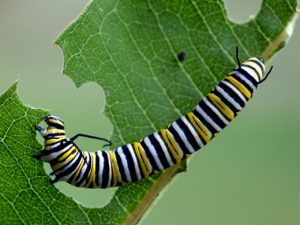
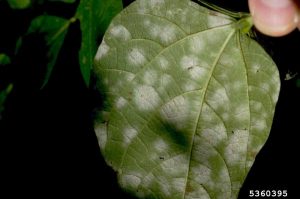
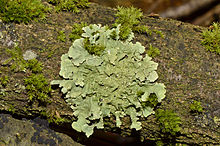
- Read the lab background information on pages 47-49 in your Lab Manual. Use the modified Ecological Methods and Data Collection Sheet found in the links below instead of in the printed lab manual.
- You should have completed the Methods in Ecological Methods: Field Sampling Techniques – Leaf Herbivory and Fungal Occurrence on Tree Species Fall/Sum as an assignment from the previous week (Unit 3). (Print copy of Methods if needed for offline work)
- Make sure you have Excel or access to Google Sheets (you can download Microsoft Office 365 from NC State’s OIT software site)
- Analyze your data with your group members. Look for trends, for example, do you see similarities in tree species by locations?
- Compile the data (tables) on leaf surface area
- Compile the data (images and observations) on types of herbivory, country of origin/native, non-native species
- How would you best represent these data? You may need a combination of tables and graphs to represent all of the data (Refer to Appendix E in your lab manual to help you, and see the LabWrite data resources.
- Be prepared to present your group findings and inferences to all of your lab peers by the end of lab.
- Upload your completed group data representations and inferences. This is due 48 hours after the start of lab if further work is needed to tighten up your group work. NOTE: Make sure to insert your tables, graphs, and/or any other images into your Google Doc or Google Slides. You may want to save it as a PDF before you upload your completed group assignment.
From Oct. 5, 2016 NCSU Bulletin – Urban Warming Slows Tree Growth, Photosynthesis – mentions increased insect pests are part of the problem.
Helpful BIO 181 Webpage for Writing the Ecology Lab Report (points and expectations may differ from other assignments).
Resources for Tree and Organism Identification: Here are some resources in the form of links
and applications (some of these apps are not free, but you can search for your own online too):
Winter Tree Identification
Winter Tree ID Key(opens in new window) – nice handout with diagrams for twig tip anatomy and terminology
NC Tree Identification from NC State’s Extension program:
https://gardening.ces.ncsu.edu/2015/08/nc-tree-identification/
Trees – NC State Resources Extension Program:
https://gardening.ces.ncsu.edu/gardening-plants/trees-3/
ChopDoc – list of apps for tree identification by leaves and bark:
https://chopdoc.com/how-to-identify-tree-by-leaves//
Seek by iNaturalist – app that helps you identify organisms:
https://www.inaturalist.org/pages/seek_app
MyNature Tree Guide:
Android: https://www.amazon.com/MyNature-Inc-Tree-Guide/dp/B00CJ1OYV4
iPhone http://www.mynatureapps.com/mynature-tree-guide/
iBird: http://ibird.com/#
Peterson’s Bird Guide: http://petersonguides.com/apps/apps.php
Merlin Bird ID: https://merlin.allaboutbirds.org/
Audubon Bird Guide App: https://www.audubon.org/app
Butterfly Collection – app for identifying butterflies and other insects:
http://hunter.pairsite.com/butterfly/
